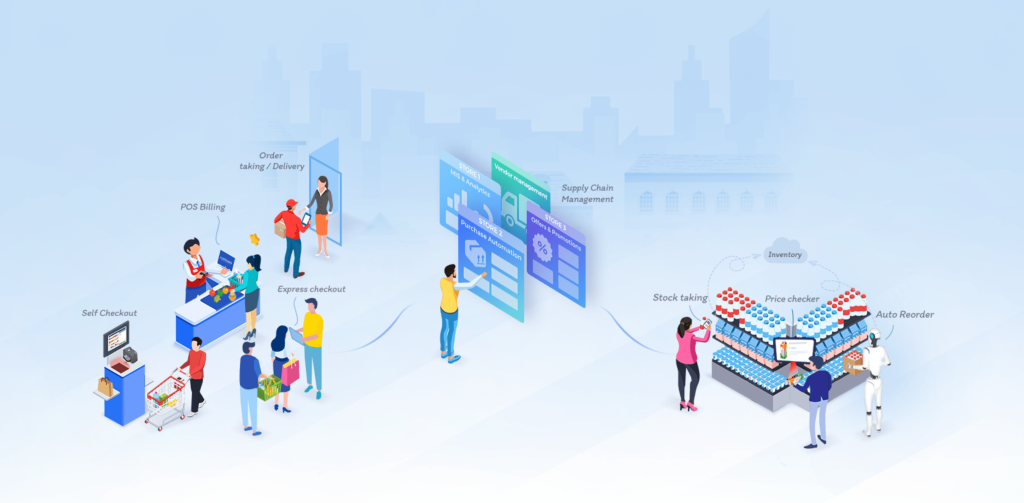Want a Successful Business Transformation? Try This ERP Implementation Framework!

Enterprise Resource Planning (ERP) systems have revolutionized how organizations manage operations, streamline processes, and enhance productivity. To ensure a successful ERP implementation, businesses need a robust framework that provides a structured approach to navigate the various stages of the implementation process. This article will explore a practical ERP implementation framework that can serve as a roadmap for organizations embarking on this transformative journey.
Assess and Define Business Objectives
The first step in any ERP implementation is to assess and define the organization’s business objectives. This involves evaluating current processes, identifying pain points, and determining the desired outcomes of the implementation. It is crucial to involve key stakeholders from different departments to ensure the objectives align with the overall organizational strategy.
Select the Right ERP System
Selecting the right ERP system is a critical decision that can significantly impact the success of the implementation. Organizations should carefully evaluate various ERP vendors and their offerings, considering functionality, scalability, ease of integration, vendor reputation, and long-term viability. Engaging with external consultants or experts can provide valuable insights during selection.
Plan and Design
Once the ERP system is selected, a detailed implementation plan must be developed. This plan should include a timeline, resource allocation, budgeting, and clear milestones. During the planning phase, organizations should define the scope of the implementation, configure the system to align with business processes and establish key performance indicators (KPIs) to measure success.

Data Migration and Cleansing
The migration of data during the implementation process of ERP is a crucial phase. It is essential for organizations to verify that all existing system information is accurately moved into the new ERP system taking into consideration tasks such as cleaning up, standardizing and mapping the structure of this new platform. The task also involves carrying out an exhaustive validation and testing procedure with due diligence so as not to cause any irregularities or inaccuracies which may affect business operations in negative ways.
Conclusion:
Implementing an ERP system is a significant undertaking for any organization. By following a well-defined ERP implementation framework, businesses can minimize risks, improve operational efficiency, and achieve their desired outcomes. The framework discussed in this article provides a structured approach, guiding organizations through the various stages of the implementation process. With careful planning, stakeholder involvement, and a focus on training and change management, businesses can successfully navigate the complexities of ERP implementation and drive transformative change.





